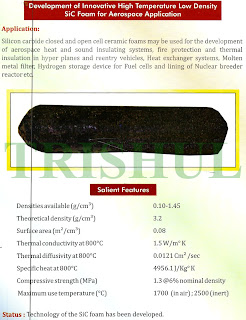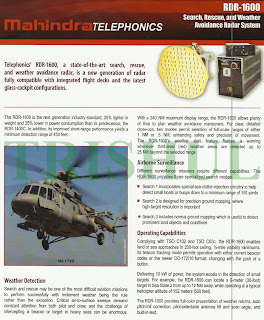This landmark decision, taken during a
meeting of the Union Cabinet Committee on National Security earlier this week, follows
a series of representations made by the three armed services to both the
Ministry of Defence (MoD) and the National Security Adviser P. Shivshankar
Menon, all of which have had the desired effect. Historically speaking, such
blanket blacklistings have been legally untenable and indefensible and
consequently, the only nett losers have been India’s armed forces. For
instance, the Indian Navy’s (IN) Dabolim-based MiG-29K tactical flight
simulator, procured from Germany-based Rheinmetall, is today a virtual white
elephant. Furthermore, more than 12 principal surface combatants of the IN are
in dire need of Barak-1 CIWS installations, which again were postponed
indefinitely on the advice of the Central Vigilance Commission. All this has
served to pile up enormous pressure on the MoD’s bureaucracy as well as on the presently-serving
Raksha Mantri to not jeapordise national security any further by resorting to
blanket blacklistings that never seem to have a satisfactory end-state.
It is now believed that blacklistings
enforced for the past decade will also be lifted, albeit without any official
announcement, with just an official confidential notification being sent by the
MoD directly to all the blacklisted OEMs about the discontinuance of their
respective blacklistings. All this, however, should not detract the MoD from
pressing for liquidated damages from those OEMs that have been proven to act in
contravention of their contract obligations, especially with respect to the Integrity
Clause. In cases where culpability has been legally established (as in the case
of the DENEL Group), and is likely to be established (as is the case with
Finmeccanica), the MoD should make all-out efforts to sue such OEMs for
contract violation and corporate accounting frauds and claim liquidated damages
with compound interest.







































































































